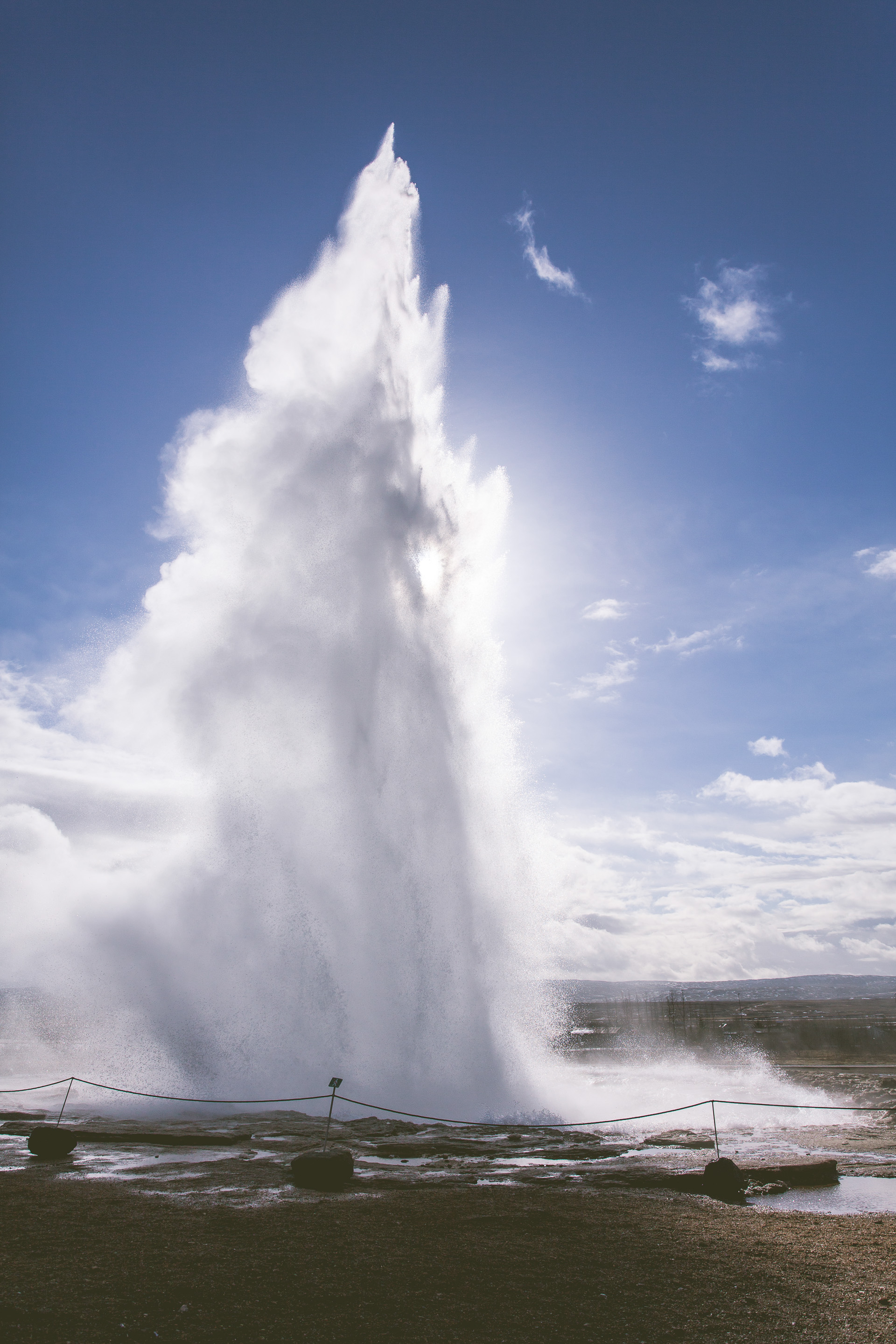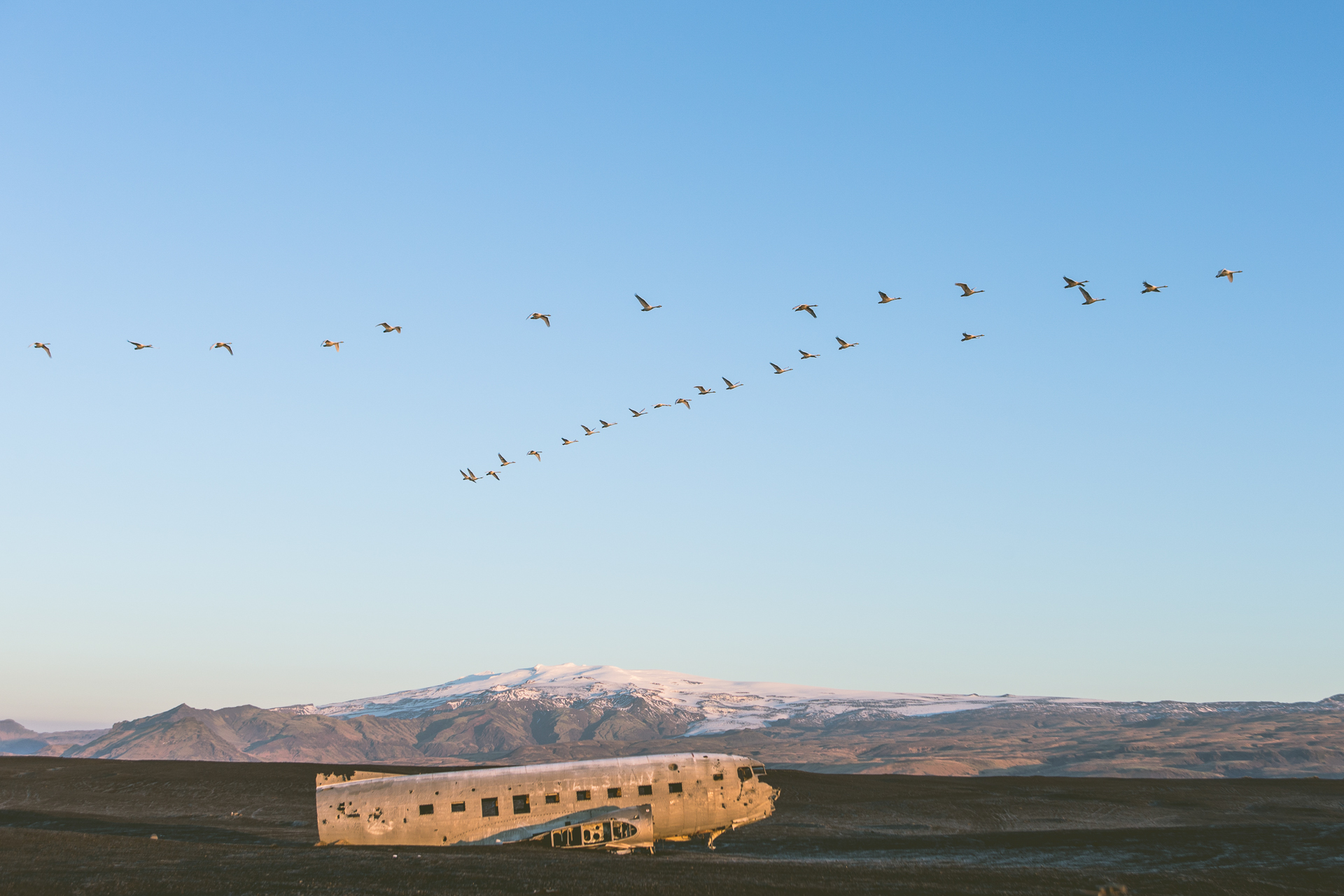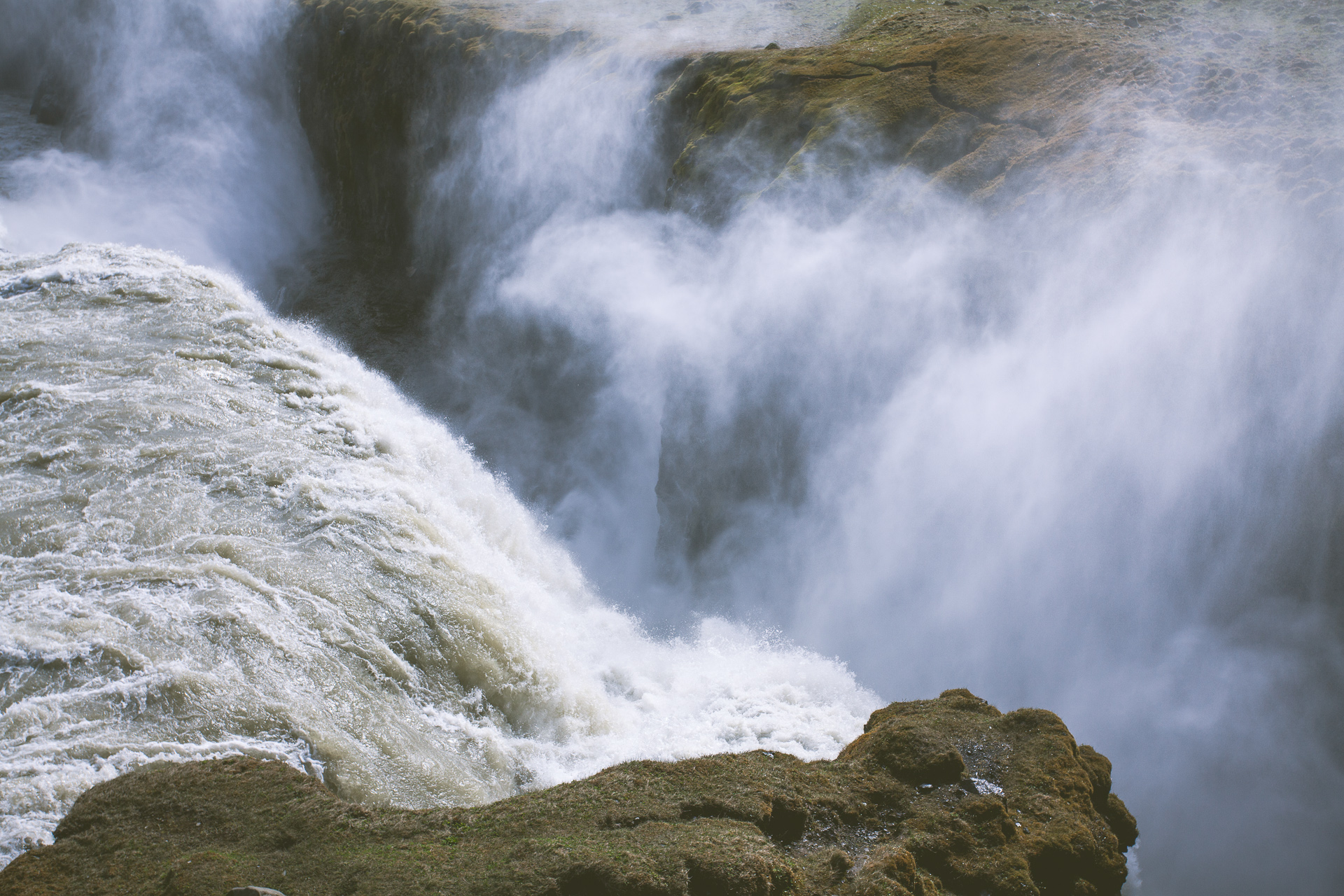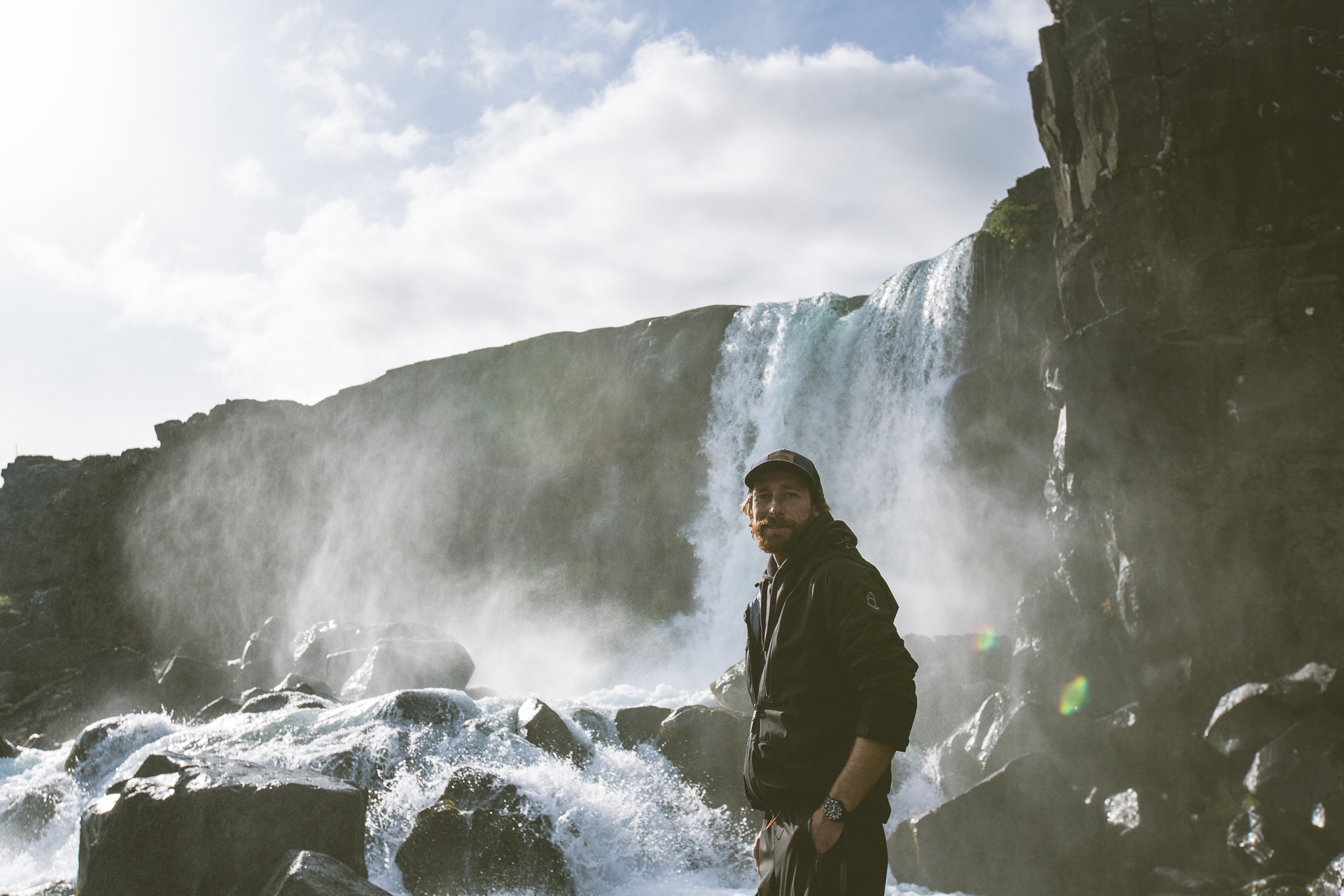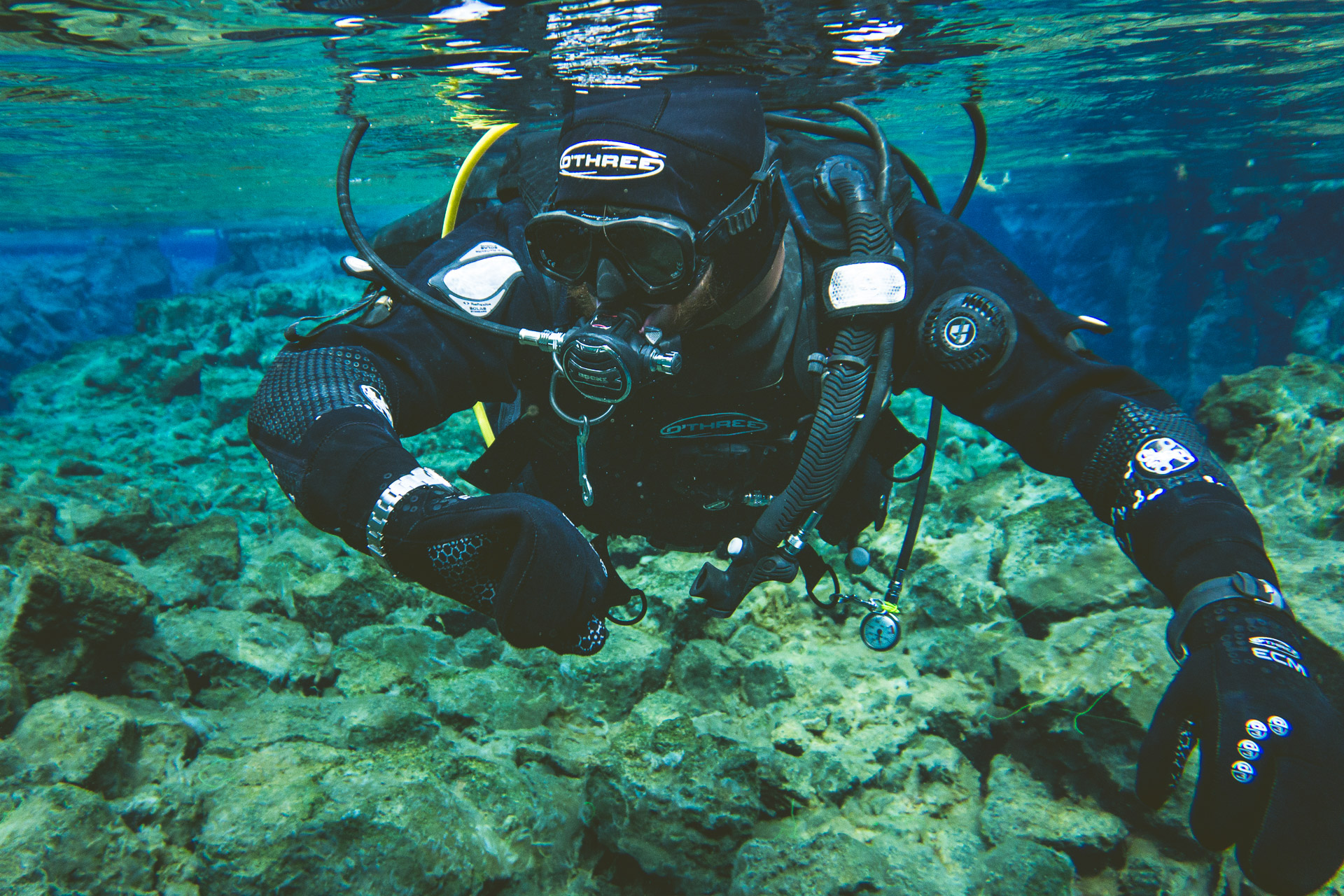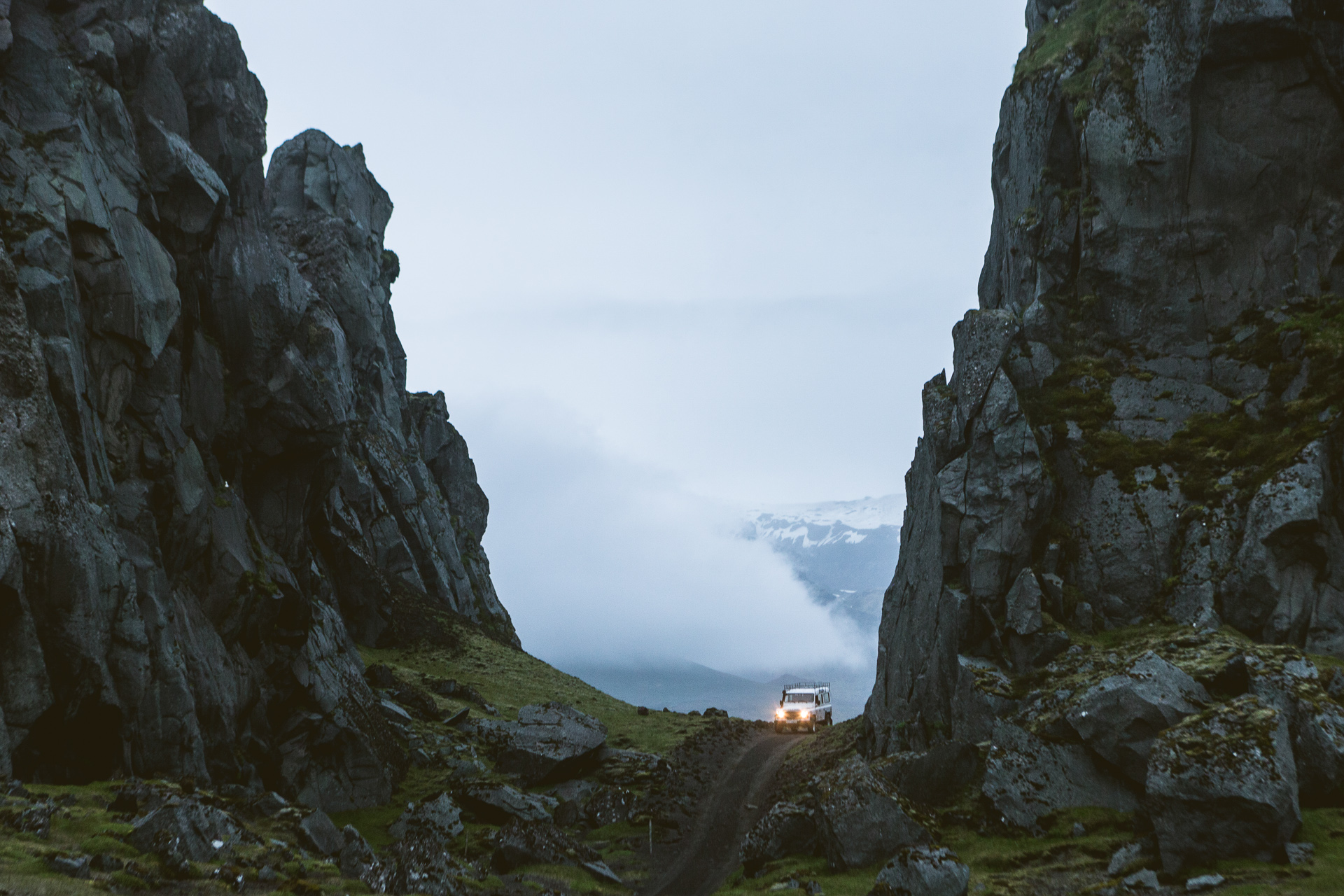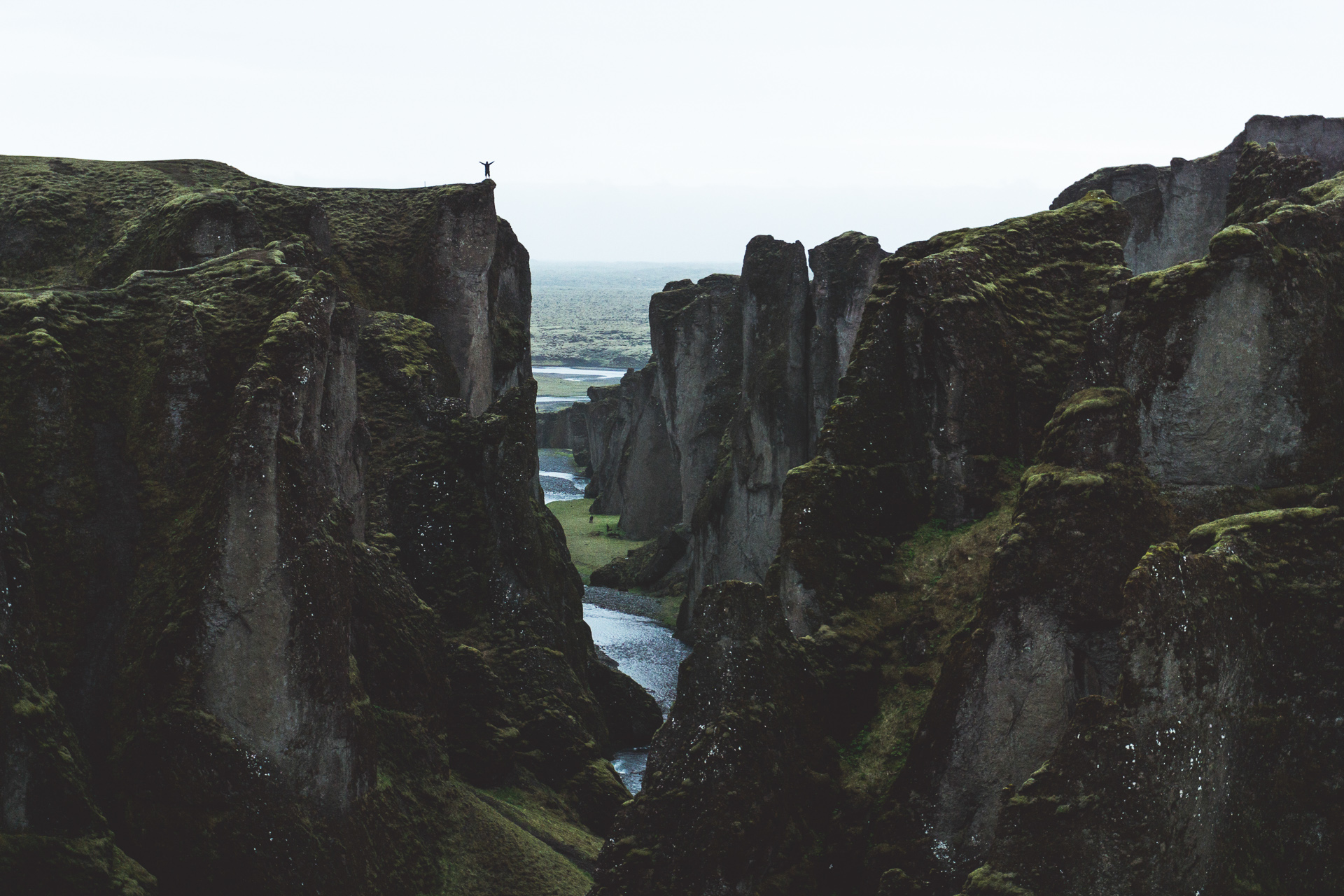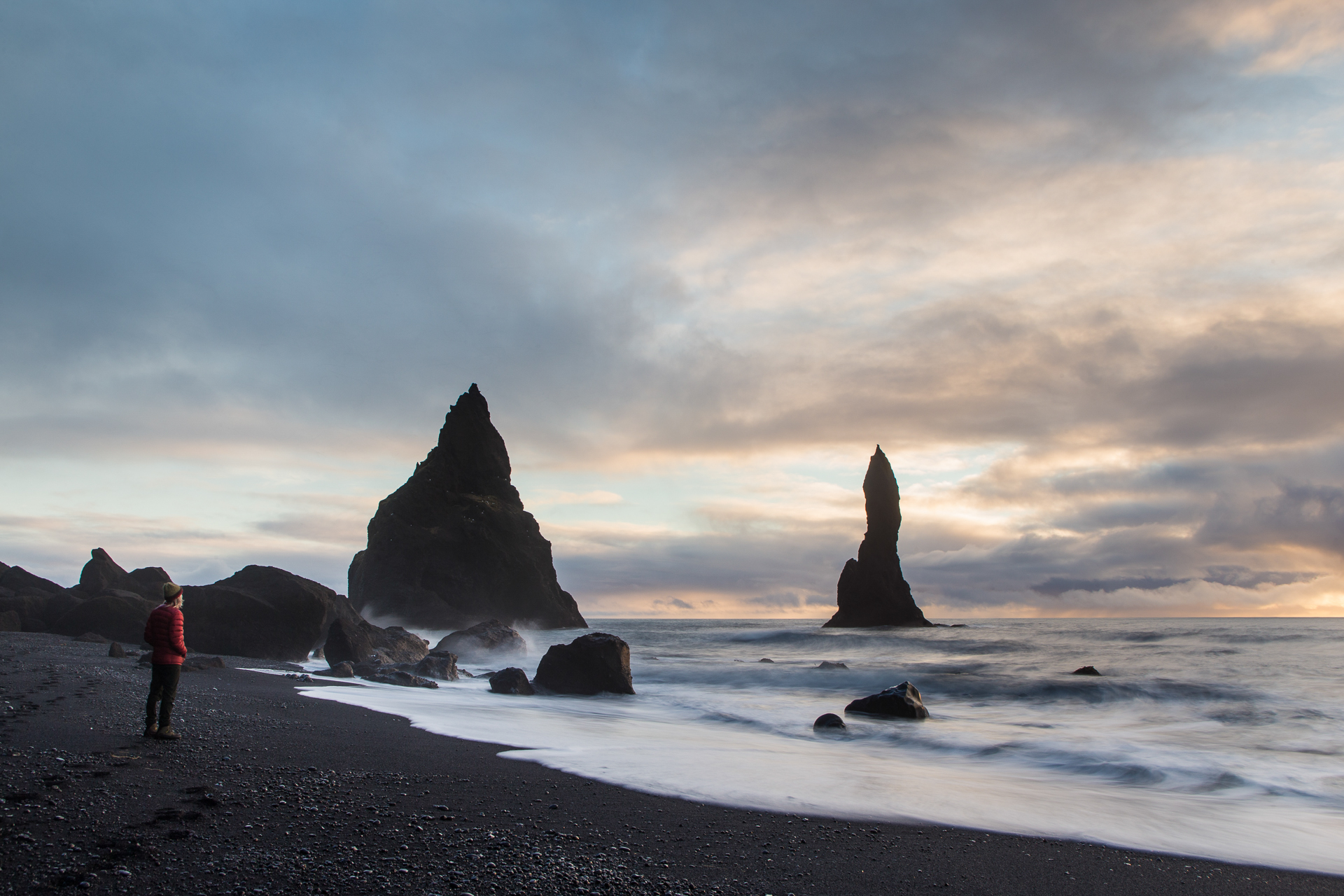We’ve teamed up with Seiko, who make the Prospex Diver’s watch collection, to produce a series examining one of the world’s most stunning dive sites – the Silfra Lagoon in Iceland. In this final instalment we take a look at the land around Silfra, and the vast array of opportunities for adventure in Iceland.
When Palmi Georg Baldursson met his riding buddy that afternoon, neither of them had any inkling of what was about to happen. “It had been dumping snow, so I left work early to pick up my friend,” the Icelander says. “We had a three hour window before it got dark”. The two were heading out splitboarding – using snowboards that split into two skis to tour up a hill before riding down it. They got out of town quickly – the mountains are just a short drive from Reykjavik – and set off. By the time Palmi heard something, it was too late.
“I could hear a layer of snow popping underneath and then there was a big woosh sound, and we were on the way down.” The avalanche was massive. It carried him and his friend downhill “about 50 or 60 metres,” ripping out a huge slab of snow that was “three or four hundred metres wide”. Incredibly, when the hundreds of tons of snow came to rest, Palmi was left with his head sticking out. “I had my head up and one of my arms up, so I could dig myself out. My friend was upside down maybe ten metres away from me so I had to dig him out,” he says.
“The avalanche was massive, ripping out a slab of snow ‘three or four hundred metres wide’, and carrying the pair 50 or 60 metres down the slope…”
